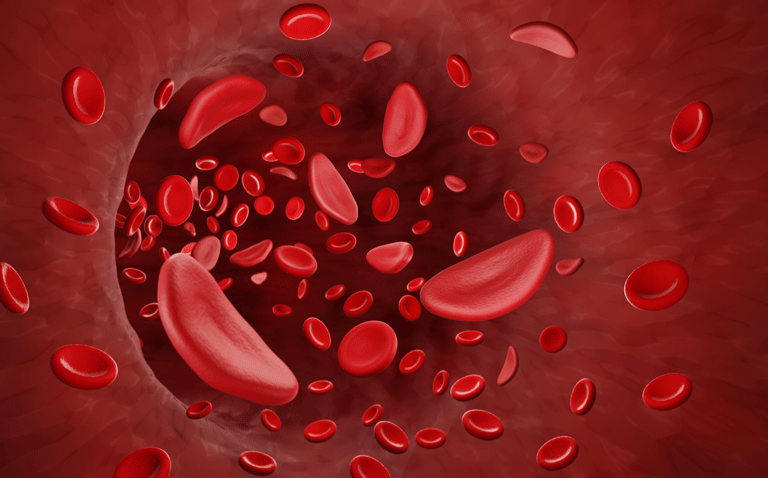Sickle cell disease patients’ awareness of COVID-19 risks and acceptance of virtual appointments led to a reduction in the number of reported cases
In patients with sickle cell disease, an early awareness of the risks associated with COVID-19 infection and acceptance of virtual appointments, resulted in a significant reduction in morbidity and mortality among those with the condition. This was the finding of a study by researchers from the Department of Haematology and Medical Oncology, Emory University School of Medicine and Georgia Comprehensive Sickle Cell Centre at Grady Health System, Atlanta, US presented at ASH 2021.
The Georgia Comprehensive Sickle Cell Center at Grady is the largest adult sickle cell centre in the US with the first 24/7 acute care unit for the management of sickle cell vaso-occlusive events (VOE). In 2019, the centre provided 3077 outpatient appointments for patients with sickle cell disease (SCD) and 3695 acute care visits. However, the arrival of the COVID-19 pandemic led to a huge drop in the number of both outpatient and acute care visits. But how the virus impacted on patients who were registered with the centre was the subject of the study presented by the Atlanta researchers at the ASH Conference 2021. The team made use of the Grady centre’s database, which was used for tracking the outcomes of registered patients during the COVID-19 pandemic and to date, represents the largest single-centre study on COVID-19 in people with SCD between March 2020 and March 2021.
Findings
From a total of 1343 patients in the database, 55 patients with average age of 28 years (51% female) contracted COVID-19. Among the 55 who tested positive for COVID-19, only 16 required treatment and of whom, 2 died.
In terms of COVID-19 symptoms, 58% experienced pain as the main symptom, followed by cough and fever (40%), dyspnoea (31%), and pneumonia with chest x-ray evidence (25%). Two patients developed acute respiratory distress syndrome (ARDS) and were intubated. Interestingly, the two deaths occurred early in the course of the pandemic in June and July 2020 when 20 total cases were diagnosed and there were no deaths recorded between October 2020 and March 2021. Due to the COVID-19 restrictions, the Grady centre quickly adopted virtual visits to deliver healthcare to their patients.
Commenting on their findings, the authors considered that the early adoption of virtual visits aided in protecting patients against COVID-19 as witnessed by the absence of any deaths during second peak in the winter of 2021. The authors felt that this indicated how patient’s diligence and awareness to stay home during the pandemic, proved to be crucial in reducing morbidity and mortality. They concluded that the option of virtual visits for healthcare delivery was key and should be utilised further in sickle cell care.
Citation
El Rassi F et al. COVID-19 Infection and Outcomes at a Comprehensive Sickle Cell Center. ASH Conference 2021










